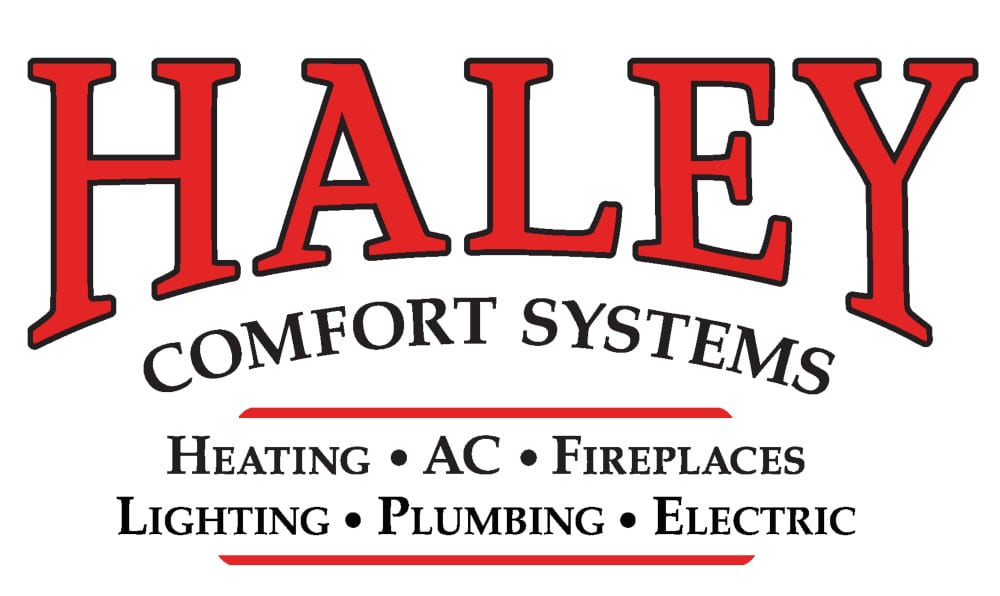Many homes use some form of gas heating to say warm in the winter. When these units are well maintained and mechanically sound, they can be a safe and reliable source of heat. When some of the components start to go bad, they might not only become less than reliable, they could become potentially dangerous. One heater problem that can pose a potential threat to the occupants of a home is a damaged heat exchanger.
What makes a damaged heat exchanger dangerous?
The purpose of the heat exchanger in your home furnace is to separate the exhaust gases produced by the combustion process from the air that will be forced through the ducts of the home heating system. The heating fuel warms the metal of the heat exchanger, which in turn, heats the air that goes through the house.
When the heat exchanger becomes cracked or rusted, some of the combustion gases can leak from the inside of the heat exchanger and into the air that will flow through the ductwork of the home. These gases include carbon monoxide, which can cause illness or even death if the exposure level is high enough.
One thing that a homeowner should understand is that even a brand new heat exchanger will have some minimal level of leakage. They are not designed to be hermetically sealed, so some leakage is acceptable. What we are talking about in this case, is a significant leak that causes an unsafe level of air contamination.
Since a minimal level of leakage is acceptable, a small crack or a small hole in the heat exchanger will not pose an immediate threat to the occupants of the home. However, it won’t be long before that small hole or crack becomes larger and it starts to allow significant levels of contamination.
The small leaks can quickly become a problem because the heat exchanger is made of metal. When the heater is turned on, the metal from the heat exchanger will begin to heat-up, as metal warms it also expands. Then the heater cycles off and the metal begins to cool and contract. With this process repeating enough times, the small crack in the heat exchanger will become a large crack fairly quickly.
This is one of the reasons that it is important to have a technician perform an annual inspection on your furnace. With an annual inspection, there is a good chance that the problem will be caught before a small leak becomes a dangerous leak. This will give you a chance to address the problem not only before it poses a threat to the occupants of the home, but also before you need your heater to function properly on a cold winter day.
If the furnace has a cracked heat exchanger, chances are that you will need to have the entire unit replaced. Unfortunately, it is one of those things where it tends to be impractical to repair. Between parts and labor, the job is likely to cost more than a new heater. However, it is a problem that cannot be ignored. If you have a damaged heat exchanger, the furnace has to be replaced to protect the safety of the home’s occupants.
